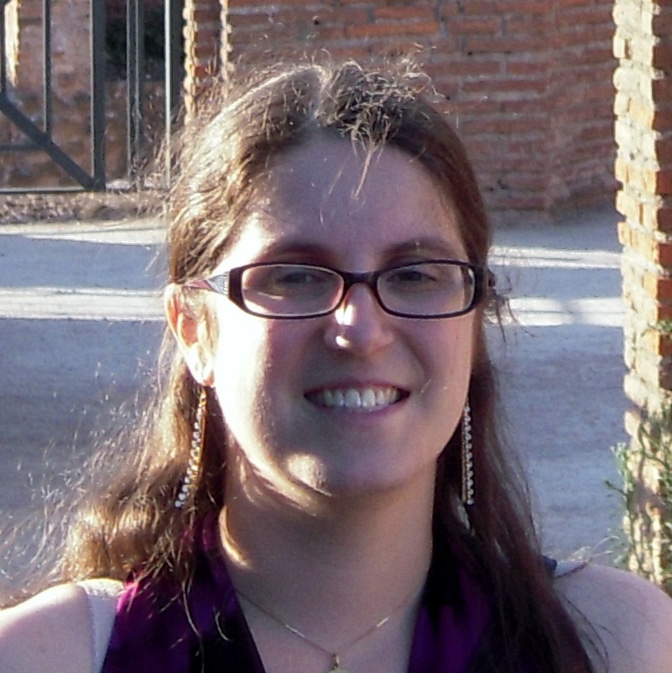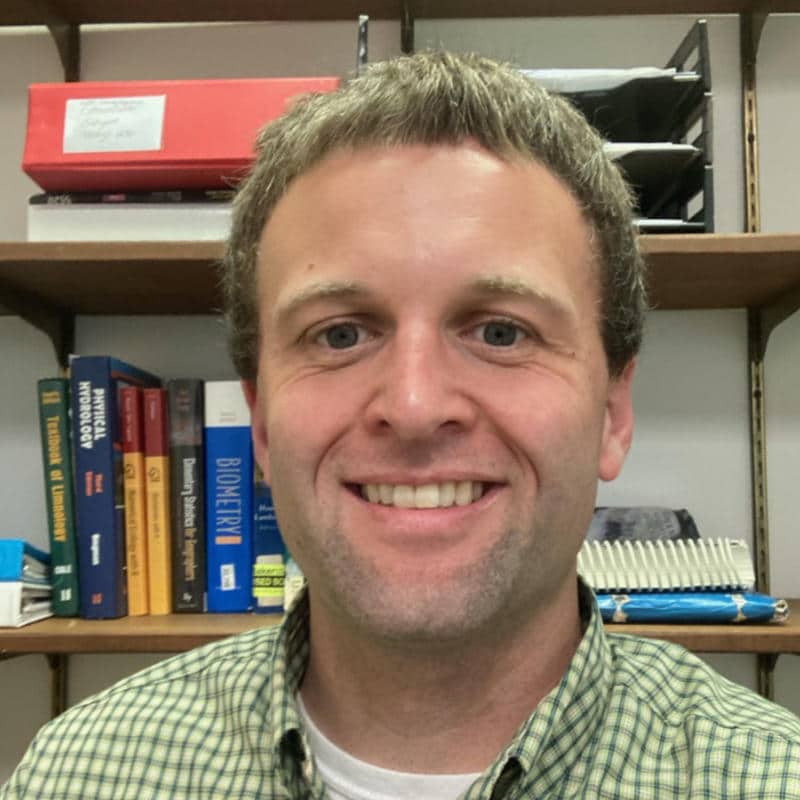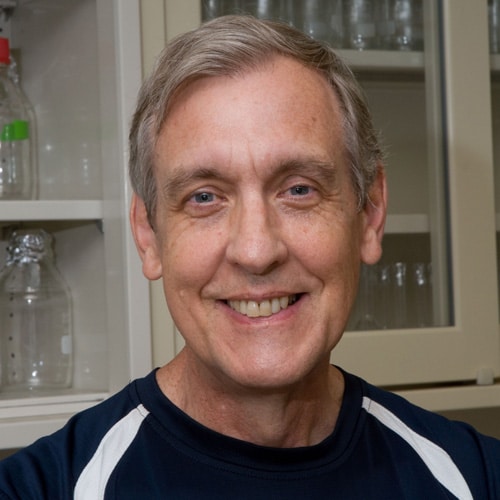The main focus of the Watershed Biogeochemistry Group is to investigate major elemental cycles in streams and their watersheds, particularly carbon, nitrogen, and phosphorus pools and fluxes. We are especially interested in quantifying and characterizing the rich array of organic molecules that exist in stream ecosystems, and serve as the main food source to microorganisms and consequently to all biological communities. Throughout the watershed, water is found in many places beyond stream channels, including aquifers, soils, and sediments. Our biogeochemistry laboratory has the capabilities to perform a wide range of chemistry analyses in water samples from all these places.
Watershed Biogeochemistry Staff
Watershed Biogeochemistry News

Habitat specific differences in persistence and effects of introduced cellulolytic bacteria used as surrogates for GEMS

A survey of assimilable organic carbon, biodegradable organic carbon, and coliform growth response in drinking waters throughout the United States

Selection of surrogates for a genetically engineered microorganism with cellulolytic capability for ecological studies in streams

Potential for protozoan grazing of bacteria in streambed sediments

Cellulolytic bacteria as surrogates for genetically engineered microorganisms: microcosm studies of persistence and effects in streambed sediments







